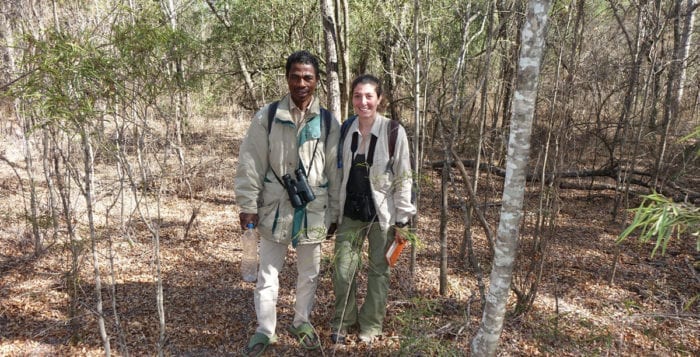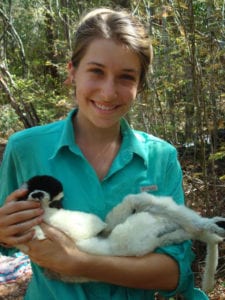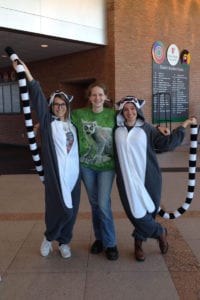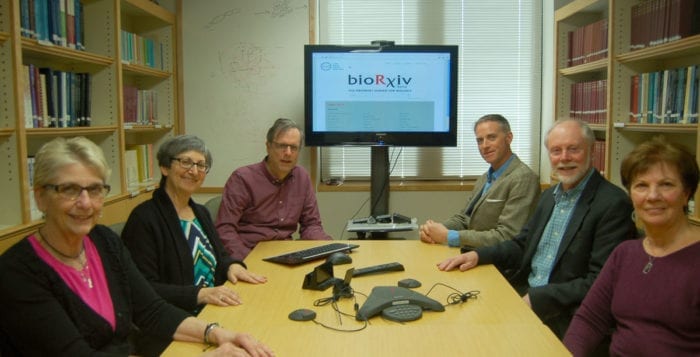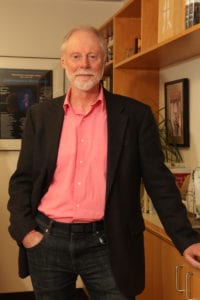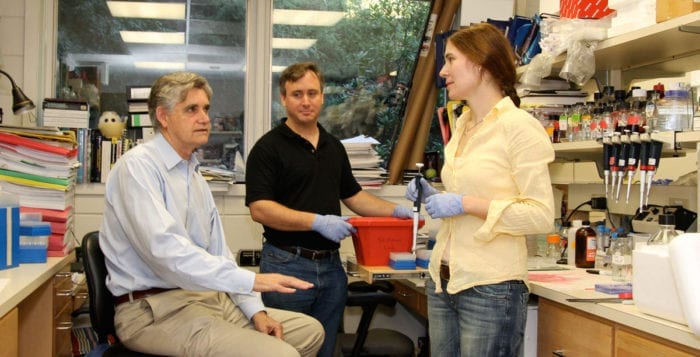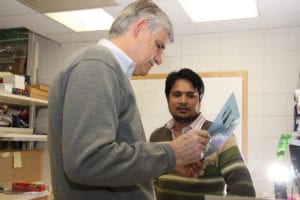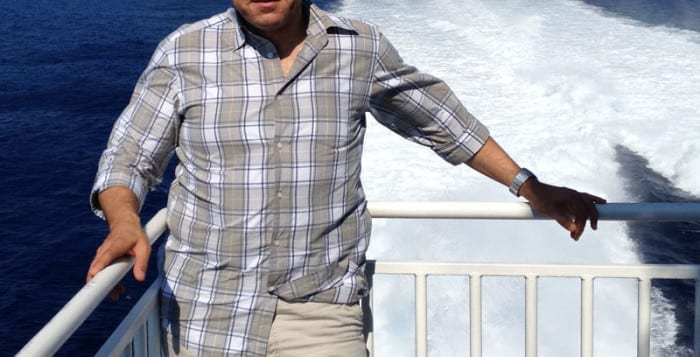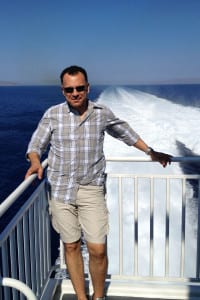It’s the ultimate supply truck. It starts out full of products necessary through the system, travels to the equivalent of cities, towns and villages, and returns for another round trip.
Unlike the trucks on the Long Island Expressway, however, these delivery vehicles are considerably smaller. In fact, they are in each of us, traveling through the heart and lungs and visiting everything in our bodies.
A key part of the cardiovascular system, red blood cells pass through a maze of arteries, arterioles, veins and capillaries. When they carry oxygen to their destination and ferry away carbon dioxide, their journey keeps the human body healthy.
When something obstructs blood flow or alters the various pathways, inflammation, diseases and localized stress can build up.
Molly Frame, a SUNY distinguished service professor in biomedical engineering at Stony Brook University has been intrigued by how the blood flows through her body ever since she read her mother’s nursing anatomy and physiology textbooks in seventh grade. In her research, which she has conducted at Stony Brook since 2002, Frame is seeking to understand the localized signals that can open or close an arteriole.
“How does a red blood cell get from the lung, where it’s filled with oxygen, to the toes, where it empties oxygen, and what route does it take?” Frame asked, describing the route the red blood cells take through the body. “The flow path is altered in identical ways for any inflammatory processes” studied to date.
Frame said the ideal flow of blood through the system is homogeneous, without any misdirection or interruption. When people get sick, the flow appears to be more irregular and heterogeneous and can be more like areas of desert next to areas of flood. The correct amount of blood flow is nearby but is not uniformly spread out, she suggested.
Frame would like to know how blood vessels respond amid competing signals and what strength or concentration of a signal is necessary for a particular type of reaction.
Clinton Rubin, the chair of the Department of Biomedical Engineering at Stony Brook, applauded Frame for her work in her lab on behalf of the school.
Frame does “cutting edge research that helps us understand how red blood cells move through the microenvironment, which is critical for understanding everything from diabetes to wound repair, and she makes major contributions to the educational mission of the university.”
In addition to her research, Frame is the undergraduate program director in the Department of Biomedical Engineering.
“She didn’t inherit something and add icing on the cake to it,” Rubin said. “She built it out.”
Rubin said Frame goes “above and beyond the call of duty” and suggested she was a “visionary” and an “implementor.”
Frame has recently dedicated time and effort to understanding how nanoparticles that can enter the body through the skin, lungs or food can affect blood flow. “We have figured out that some particles look like they’re getting through the skin,” she said.
Regulations haven’t caught up with technology, Frame suggests. “This is part of the system” and not the fault of the Food and Drug Administration.
To be sure, Frame isn’t suggesting the immediate cessation of activities involving nanofabrication. Indeed, production using these tiny particles takes place in secure areas where water and air is filtered and waste is contained, as workers are covered from head to toe, she described.
The hazard from nanoparticles is generally presumed to be identical to micron-sized equivalents, which are considerably larger and have less surface area. That, however, may not be the case.
Collaborating with scientists at SUNY Polytechnic Institute and George Washington University School of Medicine, Frame helped develop a way to find nanoparticles in tissues.
The Stony Brook biomedical engineering lab developed a low-volume Franz chamber for exposure to oxides. Franz chambers require large volumes of the material. The biomedical engineering design team, which included undergraduates at Stony Brook, developed a smaller, more economical version of the chamber.
“The biomedical team created something amazing,” Frame said “They took an idea we had on paper and made it into something smaller” and more practical.
Nanoparticles can be in everything from shiny sports drinks, which doesn’t include Gatorade, to toothpaste whiteners. Frame referred readers interested in learning more about nanoparticles to the following website: www.nanotechproject.org/cpi.
Toxic elements are not included in these materials because the FDA has prohibited them. This, however, is a case where the size of the particle might affect their local chemistry in the body.
Frame is married to John McMahon III, a retired police officer. The couple lives in Sag Harbor. They have what she describes as a blenderized family, with 14 children. Many of them have served or are serving in the military, with several also acting as volunteer firefighters or police officers. Their children also include an engineer, a restaurant manager and a manager with a global agency.
The daughter of a mechanical engineer and a nurse, Frame said she and her siblings were encouraged to excel. She said she recalls holding a flashlight for her father, Wilbert Schultejans, while he was working on something. Schultejans, who died in 1998, would call out numbers of dimensions that he used to calculate how many more nails or screws were needed.
Her mother, Nancy Schultejans, demonstrated to her children how to figure out in their heads how much of something was needed, from dosages for her patients, to yardage for fabric, to flour for bigger batches of cookies.
As for her work, Frame said she will continue to focus on nanoparticles.
“More studies are needed to keep up with the technology,” she said.


